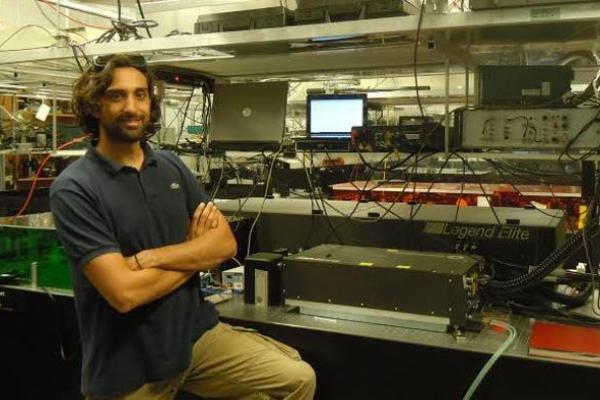
Abstract: When intense laser pulses interact with a medium, high order harmonics of the fundamental laser frequency can be created. Traditionally, the medium is an atomic or molecular gas but, recently, high harmonics have been generated from bulk semiconductors as well [1]. In experiments performed in ZnO [2] and Si crystals, we find that high harmonics are generated by recollisions between accelerated electrons and their correlated holes upon their birth through tunneling across the forbidden gap. The analogous mechanism is responsible for atomic high harmonic generation, and is the cornerstone of attosecond atomic science. Thanks to the link we establish between atomic and solid harmonics, it will be possible to extend attosecond spectroscopy to solids. We also foresee solids becoming an important medium for attosecond technology.
